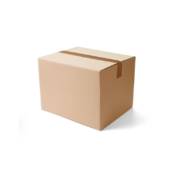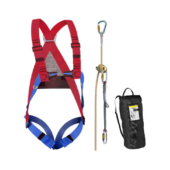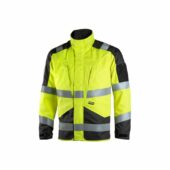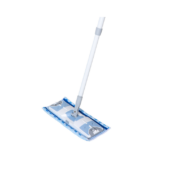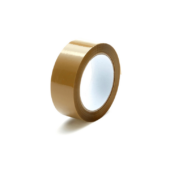Freezing conditions present unique challenges that demand robust solutions to keep you safe, comfortable, and productive. EN 342:2017, the European standard for protective clothing against cold environments, ensures that winter workwear enhances warmth and user confidence through reliable performance. This guide provides everything you need to make informed decisions about winter work jackets and other cold-weather apparel.
By the end, you’ll not only understand EN 342:2017 inside and out but also have actionable steps for selecting the right gear and know how to tackle the next step: accessorizing your workwear for complete winter readiness.
For a broader overview, start with our comprehensive guide to winter work jackets.
What Is EN 342:2017?
EN 342:2017 is a European standard that specifies the requirements and test methods for garments protecting against cold environments, including wind and below-freezing temperatures. This standard ensures your workwear provides adequate insulation and protection in extreme conditions, helping you stay warm and comfortable in cold conditions.
Garments certified under this standard are rigorously tested for:
- Thermal insulation (Icler): Measured in m²K/W to indicate the material’s effectiveness in retaining heat.
- Air permeability (AP): Reflects the garment’s ability to block wind penetration.
- Water penetration resistance (WP): Important for staying dry in wet snow or rainy conditions.
Learn more about EN Standards from this guide in Wikipedia.
Key Features of EN 342-Certified Winter Workwear
Workwear certified under EN 342:2017 stands out for its reliable protection in cold climates. Here’s what to look for:
A1. Thermal Insulation
The thermal insulation (Icler) value is the primary indicator of warmth. A higher Icler value means better insulation. Choose jackets, overalls, and pants with appropriate ratings based on your work environment’s temperature range.
2. Windproofing
Air permeability (AP) ensures that your gear shields against wind chill. Look for garments with low AP ratings for maximum protection.
3. Water Resistance
Cold weather often comes with moisture risks. Ensure your winter work jackets and pants have water-resistant properties to keep you dry and comfortable.
4. Layering Compatibility
EN 342 workwear often incorporates a layered system, combining insulation with breathable fabrics. For additional warmth, pair jackets with winter work gloves and winter work pants.
Benefits of EN 342:2017 Workwear
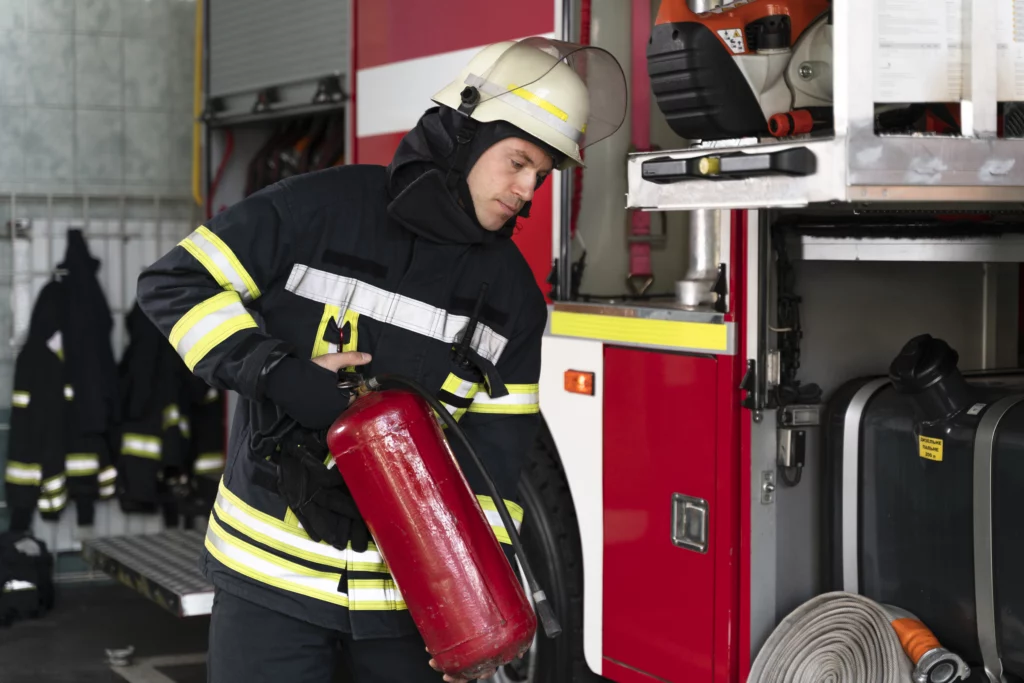
Choosing EN 342-certified workwear offers several advantages:
- Safety Assurance: Supports comfort and productivity in very cold environments.
- Improved Productivity: Workers stay comfortable, reducing fatigue and boosting focus.
- Durability: Certified garments are designed to endure challenging winter conditions.
- Versatility: Suitable for various industries, from construction to logistics.
For further insights, our guide to work overalls for winter explores options that complement EN 342 standards.
How to Identify EN 342:2017-Certified Garments
To confirm that your workwear meets EN 342:2017 standards, check the product labeling. Certified garments include:
- EN 342 Symbol: Look for the official EN 342 label.
- Performance Data: Details about thermal insulation, air permeability, and water resistance.
- Compliance Marks: CE marking and other relevant certifications.
When shopping for winter work jackets, ensure they meet EN 342 specifications by browsing our selection of certified jackets.
Best Practices for Choosing EN 342 Workwear
1. Assess Your Work Environment
Consider factors such as ambient temperature, wind exposure, and duration of outdoor activity. For icy, high-wind environments, prioritize jackets with high insulation and low air permeability.
2. Check Fit and Comfort
Ensure your workwear fits well over additional layers and allows freedom of movement. Oversized garments can reduce insulation effectiveness.
3. Complement With Accessories
Enhance warmth and functionality with winter work gloves, winter safety shoes, and thermal overalls.
Comparison Table: EN 342 Ratings Explained
| Feature | Definition | Rating Scale |
| Thermal Insulation (Icler) | Measures warmth retention (higher is better) | Low, Medium, High |
| Air Permeability (AP) | Indicates windproofing capability (lower is better) | AP1, AP2, AP3 |
| Water Resistance (WP) | Resistance to water penetration | Pass/Fail |
Related Product Categories
Expand your winter workwear setup with:
For specific tips, explore our article on choosing work gloves for cold weather.
Conclusion
We hope this guide has empowered you to make informed decisions about EN 342:2017-certified workwear for cold environments. By choosing the right gear, like winter work jackets, you can ensure safety, comfort, and productivity even in the most challenging winter conditions.
For more tips and insights, explore our comprehensive winter workwear guides and discover the trusted brands we offer. If you have questions or need tailored advice, reach out to us—we’re here to help you tackle the challenges of winter workwear and prepare for whatever comes next. Stay warm, stay safe, and work confidently this season!
Frequently Asked Questions
While EN 342:2017 garments provide robust insulation for most freezing conditions, polar-level climates may demand more specialized solutions. If you work in sub-zero temperatures for extended periods or in regions prone to extreme wind chills, consider consulting manufacturers or safety experts to ensure the garments meet your specific needs.
Yes. Even though EN 342 garments offer substantial insulation, wearing moisture-wicking base layers enhances comfort and temperature regulation. Proper underlayers can help you stay dry by pulling sweat away from your skin.
EN 342 is a European standard, but it is often referenced globally as a benchmark for cold-weather workwear quality. Employers and safety officers in regions outside the EU frequently look to EN 342-certified garments as an assurance of performance, though local guidelines may also apply.
Follow the manufacturer’s care instructions to preserve insulation and waterproofing. Generally, use mild detergents, avoid fabric softeners, and check if tumble drying or dry cleaning is recommended. Proper care ensures that thermal and windproof properties remain intact over time.
Yes. Accessories like insulated gloves, thermal socks, and windproof caps or balaclavas can complement EN 342 clothing. These additions help protect exposed areas like hands, feet, and head-key for maintaining overall body warmth in cold working conditions.





